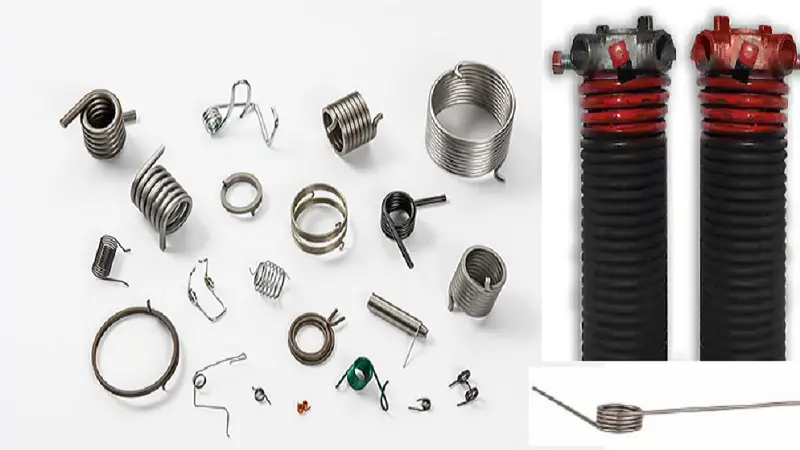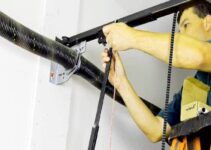If you’re a homeowner dealing with garage door torsion springs, it’s important to understand the common mistakes that can occur when determining the correct spring size.
Making the wrong choices can lead to issues with balance, functionality, and even safety. In this article, we will discuss some of the most common mistakes to avoid when it comes to determining the right torsion spring size for your garage door.
1. Ignoring the Door Specifications

One of the biggest mistakes homeowners make is ignoring the specifications of their garage door. It’s crucial to know the brand, make, and model of your door, as well as its size and construction details.
Factors such as insulation type, window configuration, and material composition can affect the spring size required for optimal performance.
If you disregard these important details and install springs without considering the specific door requirements, you risk throwing off the balance of the door, which can lead to operational issues and potential damage.
2. Neglecting the Track Assembly
Modern roll-up garage doors often require a track assembly. It’s essential to understand the type of track assembly your door utilizes and the track radius involved.
Standard, low headroom, high lift, or reverse track assemblies each have unique requirements when it comes to torsion spring size.
Failure to consider the track assembly specifications can result in improper spring selection and negatively impact the door’s functionality.
3. Not Considering the Original Springs
Your garage door may already have springs installed, and they can provide valuable information when determining the correct spring size.
Look for any printed information on the original springs, such as wire gauge, diameter, and length. Some springs even have color codes that indicate their specifications.
By paying attention to the original springs, you can ensure better compatibility and make informed decisions when replacing or upgrading them.
4. Failing to Measure the Springs Correctly
Measuring the springs accurately is crucial for determining the correct spring size. Specialized tools, like spring gauges, can help with this process.
It’s important to exercise caution and avoid touching or measuring wound springs directly, as they can be dangerous.
Broken springs or those with printed information are safer to measure. Taking measurements of wire gauge, diameter, and length can provide valuable data for selecting the right springs.
5. Overlooking Upgraded Spring Options
When it comes to torsion springs, you may have the opportunity to choose upgraded options.
Upgraded springs often have higher cycle lives, which means they can withstand more open-close cycles before wearing out. They may offer better balance and smoother door operation.
By considering upgraded springs and their benefits, you can make a wise investment that will save you money in the long run.
Conclusion
In conclusion, determining the correct torsion spring size for your garage door is crucial for optimal performance and safety.
By avoiding common mistakes such as ignoring door specifications, neglecting the track assembly, not considering the original springs, failing to measure correctly, and overlooking upgraded options, you can make informed decisions and ensure the proper functioning of your garage door system.


